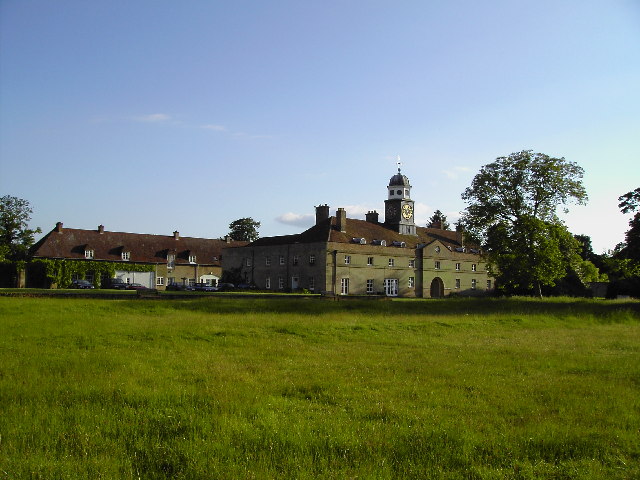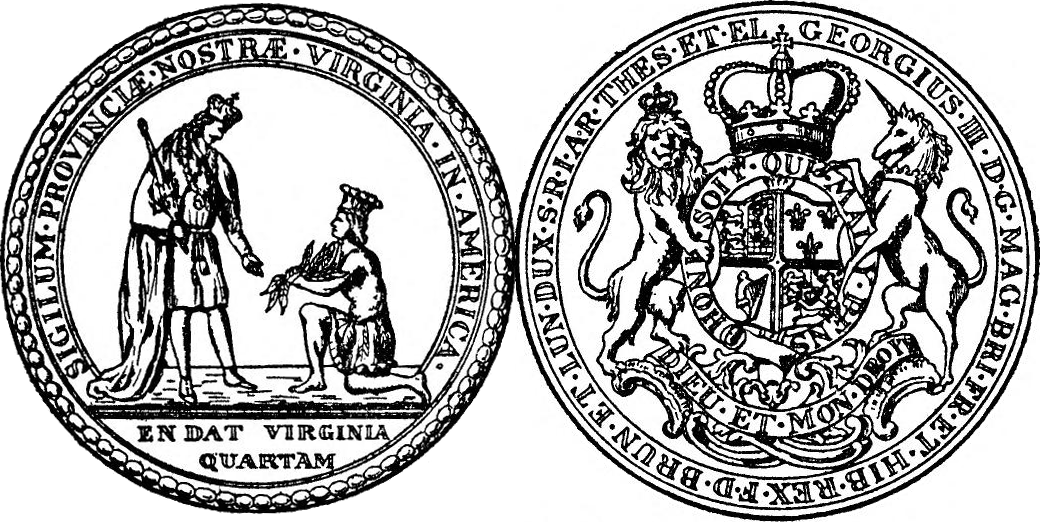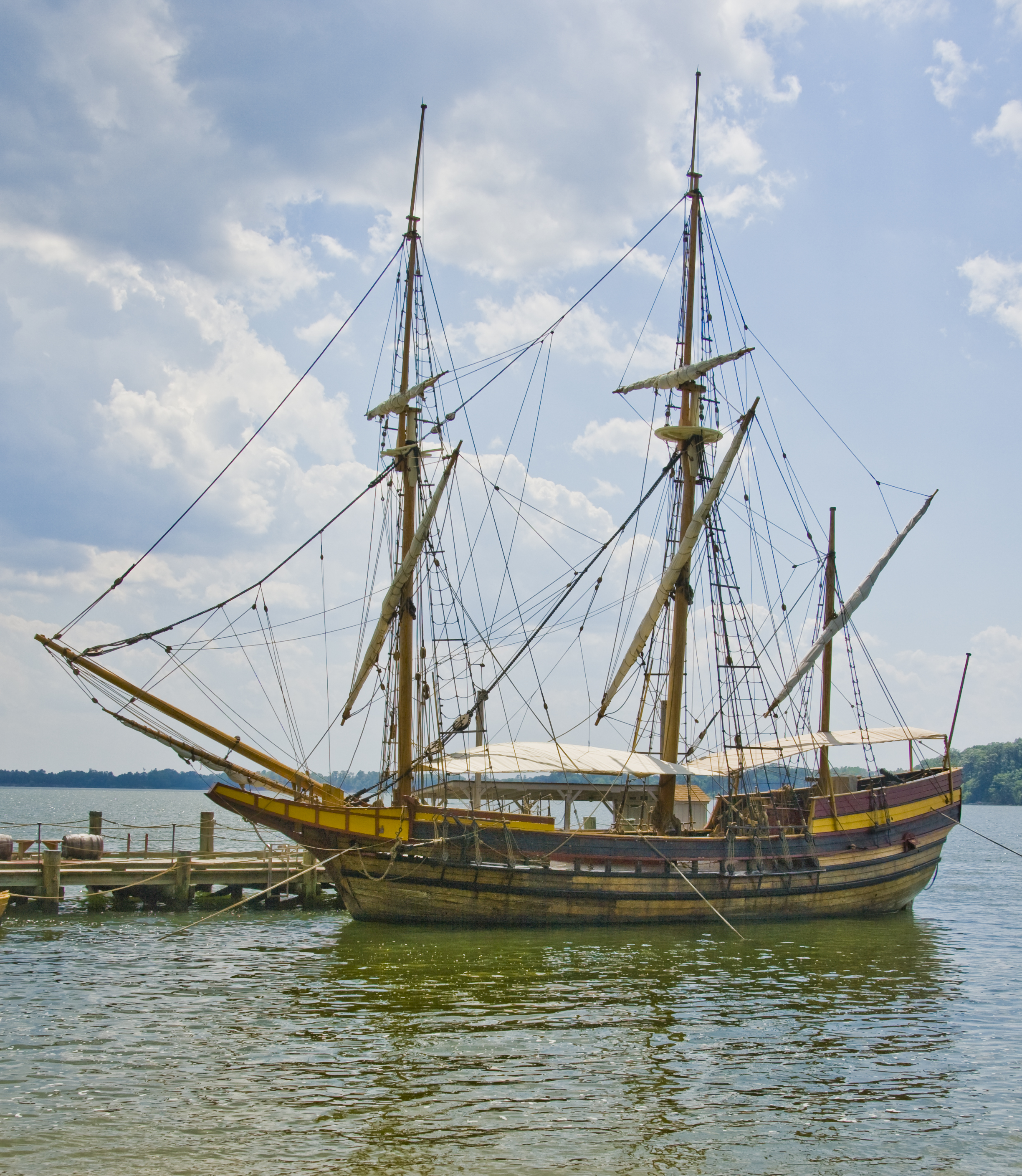|
Selima (horse)
Selima was one of the most important Thoroughbred horses of the 18th century and became one of the foundation mares of the American Thoroughbred. She was imported to the Province of Maryland between 1750 and 1752 by Benjamin Tasker, Jr. Racing In 1752, Selima won the biggest prize of the era, 2,500 pistoles at Gloucester, Virginia which marked "the beginning of the remarkable racing contests between the rival colonies of Maryland and Virginia." Legacy She produced 10 foals including Selim, Ebony and Stella. The annual Selima Stakes, now raced at Laurel Park Racecourse, was named after Selima in 1926 and first held at the Maryland State Fair with a $30,000 challenge cup for two-year-old fillies. See also * Dungannon * Maryland Jockey Club The Maryland Jockey Club is a sporting organization dedicated to horse racing, founded in Annapolis in 1743. The Jockey Club was founded more than 30 years before the start of the Revolutionary War and is chartered as the oldest sporting ... [...More Info...] [...Related Items...] OR: [Wikipedia] [Google] [Baidu] |
Godolphin Arabian
The Godolphin Arabian (–1753), also known as the Godolphin Barb, was an Arabian horse who was one of three stallions that founded the modern Thoroughbred (the others were the Darley Arabian and the Byerley Turk). He was named after his best-known owner, Francis Godolphin, 2nd Earl of Godolphin. Origins The Godolphin Arabian was foaled about 1724 in Yemen and moved several times before reaching England. At some early age, he was exported, probably via Syria, to the stud of the bey of Tunis. From there he was given to Louis XV of France in 1730. It is believed he was a present from monarch to monarch. Not valued by his new French owner, it is believed he was used as a carthorse. The horse was then imported from France by Edward Coke and sent to his stud at Longford Hall, Derbyshire, where he remained until the death of his owner in 1733. He was bequeathed to Roger Williams, "proprietor of the St. James's Coffee House", who inherited Coke's stallions. He was bought by the 2nd ... [...More Info...] [...Related Items...] OR: [Wikipedia] [Google] [Baidu] |
Gloucester, Virginia
Gloucester Courthouse is a census-designated place (CDP) in and the county seat of Gloucester County, Virginia, United States. The population was 2,951 at the 2010 census. History The Gloucester County Courthouse Square Historic District, Gloucester Downtown Historic District, Abingdon Glebe House, Airville, Burgh Westra, Cappahosic House, Gloucester Point Archaeological District, Gloucester Women's Club, Hockley, Little England, Roaring Spring, Rosewell, Toddsbury, T.C. Walker House, Ware Parish Church, and Warner Hall are listed on the National Register of Historic Places. Geography According to the United States Census Bureau, the CDP has a total area of 7.2 square miles (18.6 km2), of which, 7.0 square miles (18.1 km2) of it is land and 0.2 square miles (0.5 km2) of it (2.78%) is water. Demographics As of the census of 2000, there were 2,269 people, 857 households, and 561 families residing in the CDP. The population density was 324.7 peop ... [...More Info...] [...Related Items...] OR: [Wikipedia] [Google] [Baidu] |
Thoroughbred Family 21
The Thoroughbred is a list of horse breeds, horse breed best known for its use in Thoroughbred racing, horse racing. Although the word ''thoroughbred'' is sometimes used to refer to any breed of purebred horse, it technically refers only to the Thoroughbred breed. Thoroughbreds are considered "Horse#Temperament, hot-blooded" horses that are known for their agility, speed, and spirit. The Thoroughbred, as it is known today, was developed in 17th- and 18th-century England, when native mares were Crossbreed, crossbred with imported Oriental stallion (horse), stallions of Arabian horse, Arabian, Barb horse, Barb, and Turkoman horse, Turkoman breeding. All modern Thoroughbreds can trace their pedigrees to three stallions originally imported into England in the 17th and 18th centuries, and to a larger number of foundation bloodstock, foundation mares of mostly English breeding. During the 18th and 19th centuries, the Thoroughbred breed spread throughout the world; they were imported ... [...More Info...] [...Related Items...] OR: [Wikipedia] [Google] [Baidu] |
1745 Racehorse Births
Events January–March * January 7 – War of the Austrian Succession: The Austrian Army, under the command of Field Marshal Károly József Batthyány, makes a surprise attack at Amberg and the winter quarters of the Bavarian Army, and scatters the Bavarian defending troops, then captures the Bavarian capital at Munich * January 8 – The Quadruple Alliance treaty is signed at Warsaw by Great Britain, Austria, the Dutch Republic and the Duchy of Saxony. * January 20 – Less than two weeks after the disastrous Battle of Amberg leaves Bavaria undefended, the electorate's ruler (and Holy Roman Emperor) Karl VII Albrecht dies from gout at the age of 47, leaving the duchy without an adult to lead it. His 17-year-old son, Maximilian III Joseph, signs terms of surrender in April. * February 22 – The ruling white colonial government on the island of Jamaica foils a conspiracy by about 900 black slaves, who had been plotting to seize control and to massa ... [...More Info...] [...Related Items...] OR: [Wikipedia] [Google] [Baidu] |
Maryland Jockey Club
The Maryland Jockey Club is a sporting organization dedicated to horse racing, founded in Annapolis in 1743. The Jockey Club was founded more than 30 years before the start of the Revolutionary War and is chartered as the oldest sporting organization in North America. After 267 years it remains the corporate name of the company that operates Pimlico Race Course in Baltimore, Maryland which opened in 1870, Laurel Park Racecourse in Laurel, Maryland which opened in 1911 and Bowie Race Track in Bowie, Maryland which opened as race course in 1914 and ceased operations as a track in 1985. The track now serves as a training center for Thoroughbred racehorses.Maryland Jockey Club website [...More Info...] [...Related Items...] OR: [Wikipedia] [Google] [Baidu] |
Dungannon (horse)
Dungannon, (aka "Duncannon"), was a thoroughbred racehorse owned by the tobacco planter and horse breeder George Hume Steuart (1700–1784), who imported the horse from EnglandNelker, 118 to race against his rival, Charles Carroll of Annapolis (1703–1783). Dungannon won the Annapolis Subscription Plate, in May 1743, the first recorded formal horse race in colonial Maryland, and the second oldest in North America.Official History of the Maryland Jockey Club Retrieved February 18, 2010 ... [...More Info...] [...Related Items...] OR: [Wikipedia] [Google] [Baidu] |
Fillies
A filly is a female horse that is too young to be called a mare. There are two specific definitions in use: *In most cases, a ''filly'' is a female horse under four years old. *In some nations, such as the United Kingdom and the United States, the world of horse racing sets the cutoff age for fillies as five. Fillies are sexually mature by two and are sometimes bred at that age, but generally, they should not be bred until they themselves have stopped growing, usually by four or five.Ensminger, M. E. ''Horses and Horsemanship: Animal Agriculture Series.'' Sixth Edition. Interstate Publishers, 1990. p. 149-150 Some fillies may exhibit estrus as yearlings. The equivalent term for a male is a colt. When horses of either sex are less than one year, they are referred to as foals. Horses of either sex between one and two years old may be called yearlings. See also * Filly Triple Crown * Weanling A weanling is an animal that has just been weaned. The term is usually used to ... [...More Info...] [...Related Items...] OR: [Wikipedia] [Google] [Baidu] |
Maryland State Fair
The Maryland State Fair is the annual state fair for the state of Maryland. It is held at the Maryland State Fairgrounds located near the intersection of York and Timonium roads in Timonium. As of 2006, the fair is an 11-day event, customarily beginning in late August and ending around Labor Day. History On Tuesday, September 17, 1878. Grafton Marsh Bosley hosted a series of contests and ball to benefit yellow fever sufferers a his property north of Towson. The following year, 1879, the fair was moved to its current location in Timonium and was held from September 9 through September 12. In 1906, the Lutherville Fair merged with the Pimlico Fair and since then, came to be known as the Maryland State Fair. The fair was suspended from 1943 through 1945 during World War II. In 1999, the fair increased its functionality to 11 days. The New York Times reported that on October 14, 1870, President Rutherford B. Hayes would go to Frederick to attend the "Maryland State Fair." In ... [...More Info...] [...Related Items...] OR: [Wikipedia] [Google] [Baidu] |
Colony Of Virginia
The Colony of Virginia, chartered in 1606 and settled in 1607, was the first enduring English colonial empire, English colony in North America, following failed attempts at settlement on Newfoundland (island), Newfoundland by Sir Humphrey GilbertGilbert (Saunders Family), Sir Humphrey" (history), ''Dictionary of Canadian Biography'' Online, University of Toronto, May 2, 2005 in 1583 and the colony of Roanoke (further south, in modern eastern North Carolina) by Sir Walter Raleigh in the late 1580s. The founder of the new colony was the Virginia Company, with the first two settlements in Jamestown, Virginia, Jamestown on the north bank of the James River and Popham Colony on the Kennebec River in modern-day Maine, both in 1607. The Popham colony quickly failed due to Starving Time, a famine, disease, and conflicts with local Native American tribes in the first two years. Jamestown occupied land belonging to the Powhatan Confederacy, and was also at the brink of failure before the arr ... [...More Info...] [...Related Items...] OR: [Wikipedia] [Google] [Baidu] |
Pistole
Pistole is the French name given to a Spanish gold coin in use from 1537; it was a doubloon or double escudo, the gold unit. The name was also given to the Louis d'Or of Louis XIII of France, and to other European gold coins of about the value of the Spanish coin. One pistole was worth approximately ten livres or three écus, but higher figures are also seen. The derivation is uncertain; the term may come from the Czech ''píšťala'' ("whistle", a term for a hand cannon), or from the Italian town of Pistoia; either way, it was originally spelled ''pistolet'' and originated in military slang, and probably has the same root as pistol. A small number of gold pistoles and double pistoles were minted in Ireland in 1646, during the Irish Confederate Wars and the reign of Charles I. James Butler, 1st Duke of Ormond authorised the issue in order to prevent troop defections, as there was a shortage of silver coins for paying soldiers. The coins had an approximate value of 13 shillings ... [...More Info...] [...Related Items...] OR: [Wikipedia] [Google] [Baidu] |
Mare (horse)
A mare is an adult female horse or other equine. In most cases, a mare is a female horse over the age of three, and a filly is a female horse three and younger. In Thoroughbred horse racing, a mare is defined as a female horse more than four years old. The word can also be used for other female equine animals, particularly mules and zebras, but a female donkey is usually called a "jenny". A broodmare is a mare used for breeding. A horse's female parent is known as its dam. Reproductive cycle Mares carry their young (called foals) for approximately 11 months from conception to birth. (Average range 320–370 days.)Ensminger, M. E. ''Horses and Horsemanship: Animal Agriculture Series.'' Sixth Edition. Interstate Publishers, 1990. p. 156 Usually just one young is born; twins are rare. When a domesticated mare foals, she nurses the foal for at least four to six months before it is weaned, though mares in the wild may allow a foal to nurse for up to a year. The estrous cycle, ... [...More Info...] [...Related Items...] OR: [Wikipedia] [Google] [Baidu] |
Province Of Maryland
The Province of Maryland was an English and later British colony in North America that existed from 1632 until 1776, when it joined the other twelve of the Thirteen Colonies in rebellion against Great Britain and became the U.S. state of Maryland. Its first settlement and capital was St. Mary's City, in the southern end of St. Mary's County, which is a peninsula in the Chesapeake Bay and is also bordered by four tidal rivers. The province began as a proprietary colony of the English Lord Baltimore, who wished to create a haven for English Catholics in the New World at the time of the European wars of religion. Although Maryland was an early pioneer of religious toleration in the English colonies, religious strife among Anglicans, Puritans, Catholics, and Quakers was common in the early years, and Puritan rebels briefly seized control of the province. In 1689, the year following the Glorious Revolution, John Coode led a rebellion that removed Lord Baltimore, a Catholic, from pow ... [...More Info...] [...Related Items...] OR: [Wikipedia] [Google] [Baidu] |








_(8536503249).jpg)
